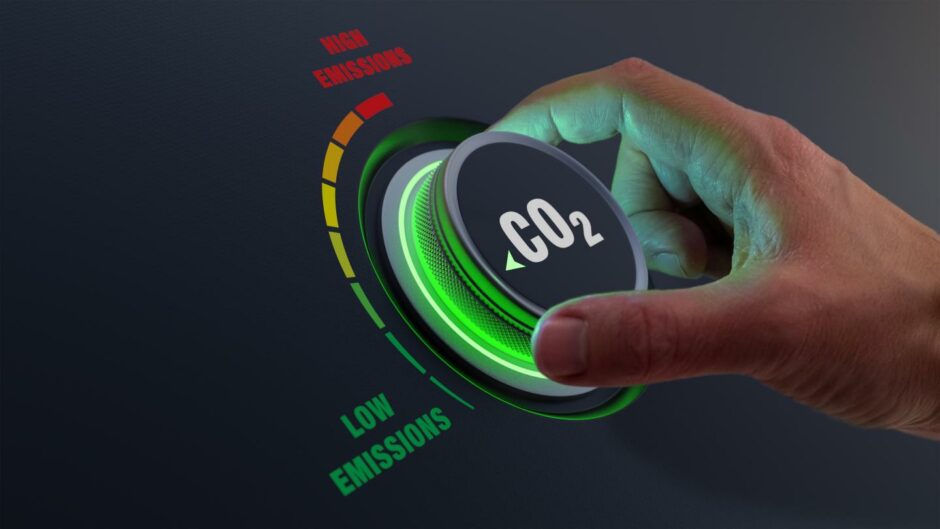
Japanese oil refiner Eneos Holdings and utility J-Power have teamed up to launch the country’s first permanent carbon capture and storage (CCS) project by the end of this decade. Significantly, if CCS is successful in Japan, it would bode well for global liquefied natural gas (LNG) demand, as the world’s second biggest importer could better balance its net zero ambitions.
The partners have agreed to carry out a feasibility study for the project, with plans to start exploring a site in western Japan later this year, they said on Tuesday.
Eneos and J-Power will start designing the carbon capture facility as soon as next year and make a final investment decision (FID) around 2026.
“CCS in Japan is interesting. It appears that technically Japan does have a lot of potential for CCS. In some quarters there is a move to CCS. And if it would happen it would be very good news for LNG. As Japan could import LNG and balance power generation and capture carbon dioxide (CO2),” Martin Lambert, senior research fellow at the Oxford Institute for Energy Studies (OIES), told Energy Voice earlier this year.
“The big uncertainty is whether people would accept CCS in Japan. People don’t like the idea of capturing carbon and piping and storing it somewhere. If CCS could be made to work, it would be a great positive for LNG in Japan. But there are very big question marks about whether it can work or not,” cautioned Lambert.
“For Japan, at first glance, it may be thought difficult to implement secure storage of CO2 on account of the high incidence of significant earthquakes. However, there does not appear to be scientific evidence to support this assumption. Indeed, considerable research has been carried out regarding CCS in Japan, including a three-year demonstration project at Tomakomai in the northern island of Hokkaido. This project injected 100,000 tonnes CO2 per year into underground reservoirs between 2016 and 2019 and is now being monitored to check that the CO2 remains safely stored,” according to a report by the OIES published last November entitled Energy Transition in Japan And Implications For Gas, written by Lambert.
It has been estimated that there is a CO2 storage potential of 146 billion tonnes (equivalent to over 100 years of the country’s current annual CO2 emissions) in water depths of less than 200m around the coast.
“Building on that theoretical potential, several sites have been covered by various levels of seismic survey, including three significant locations each with 1-5 billion tonnes storage potential already appraised with 3D seismic,” noted Lambert in the report.
However, it will also be necessary to build the infrastructure to capture the CO2 and transport it (potentially by long distance pipelines) to the storage locations.
In addition to CO2 storage around the coast of Japan, consideration is also being given to potential export of CO2 by ship for storage overseas, potentially in locations such as Australia or the Middle East, wrote Lambert.
“It is important to recognise, however, that there are likely to be long lead-times for development of CCS projects. This is true anywhere in the world, but particularly in Japan with the need to convince local stakeholders about the safety of proposed projects, particularly in view of the prevalence of earthquakes,” he added.
Recommended for you

